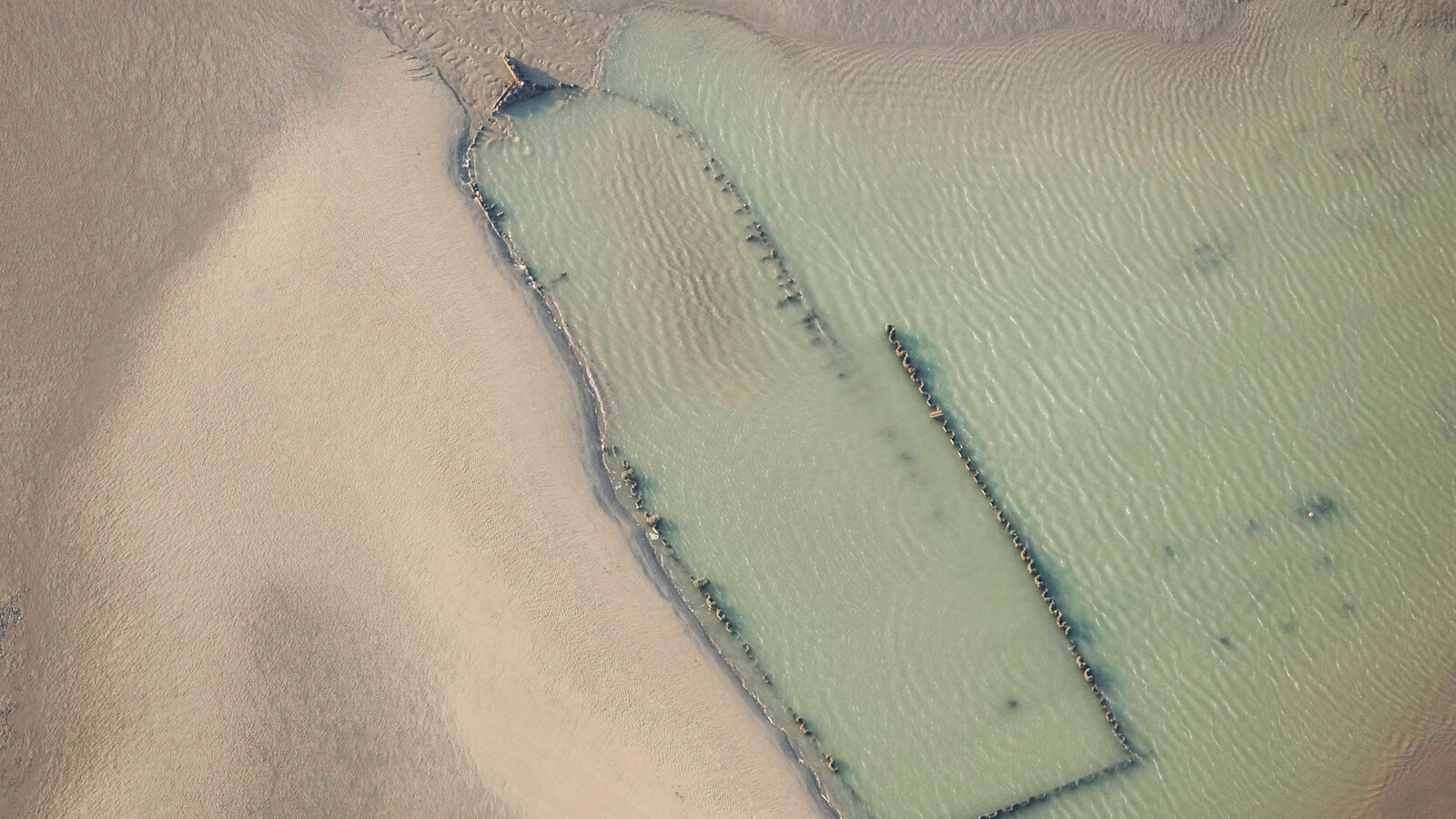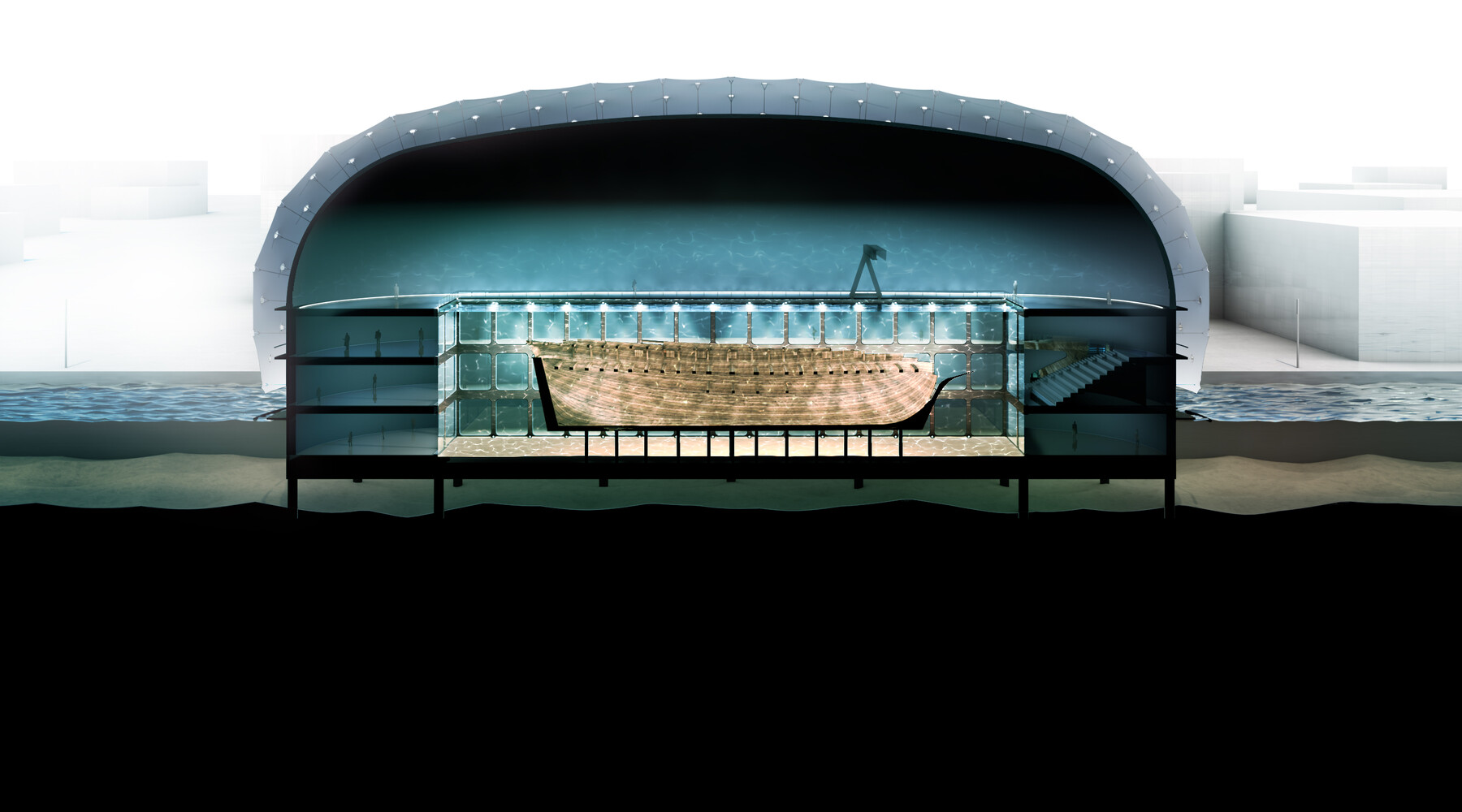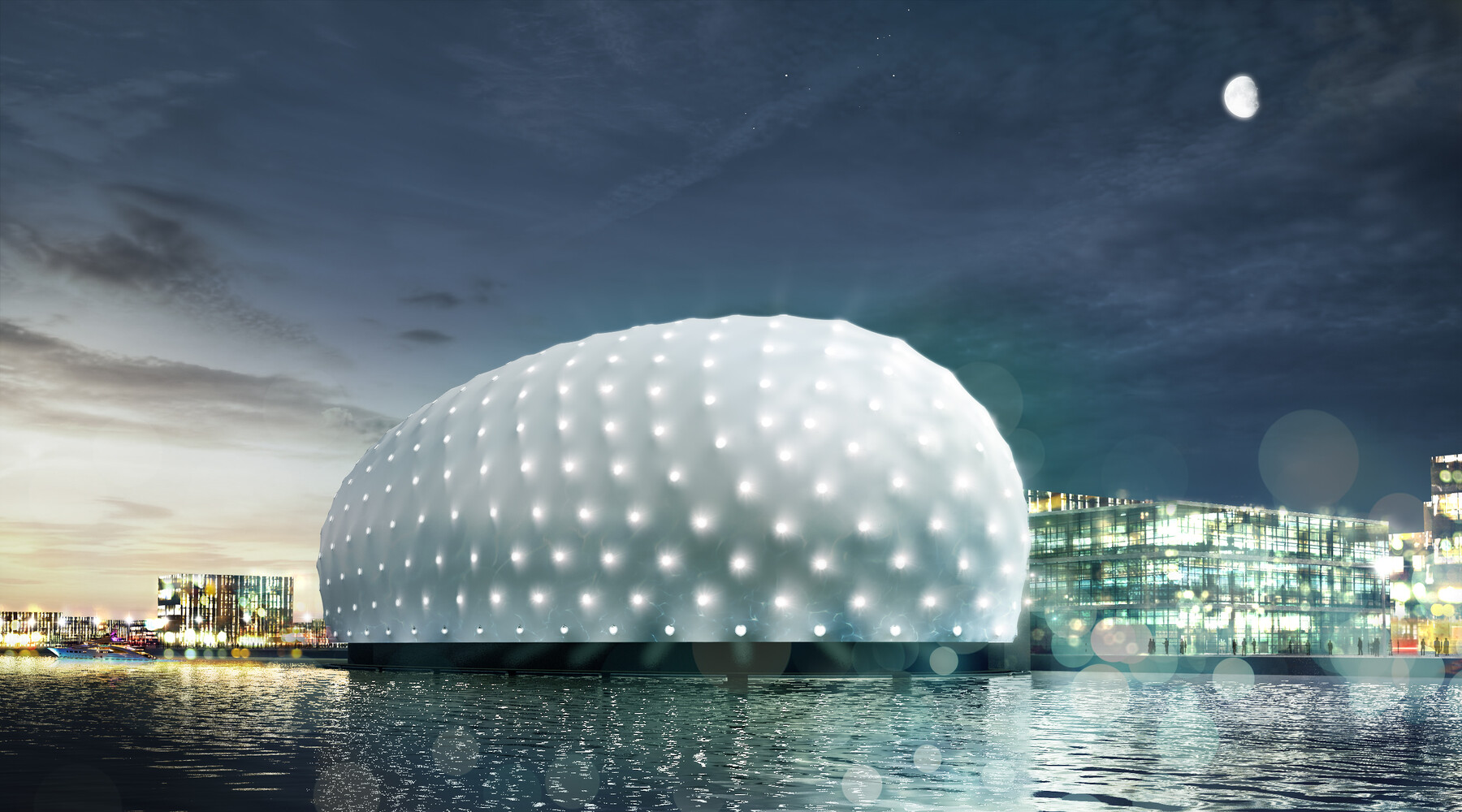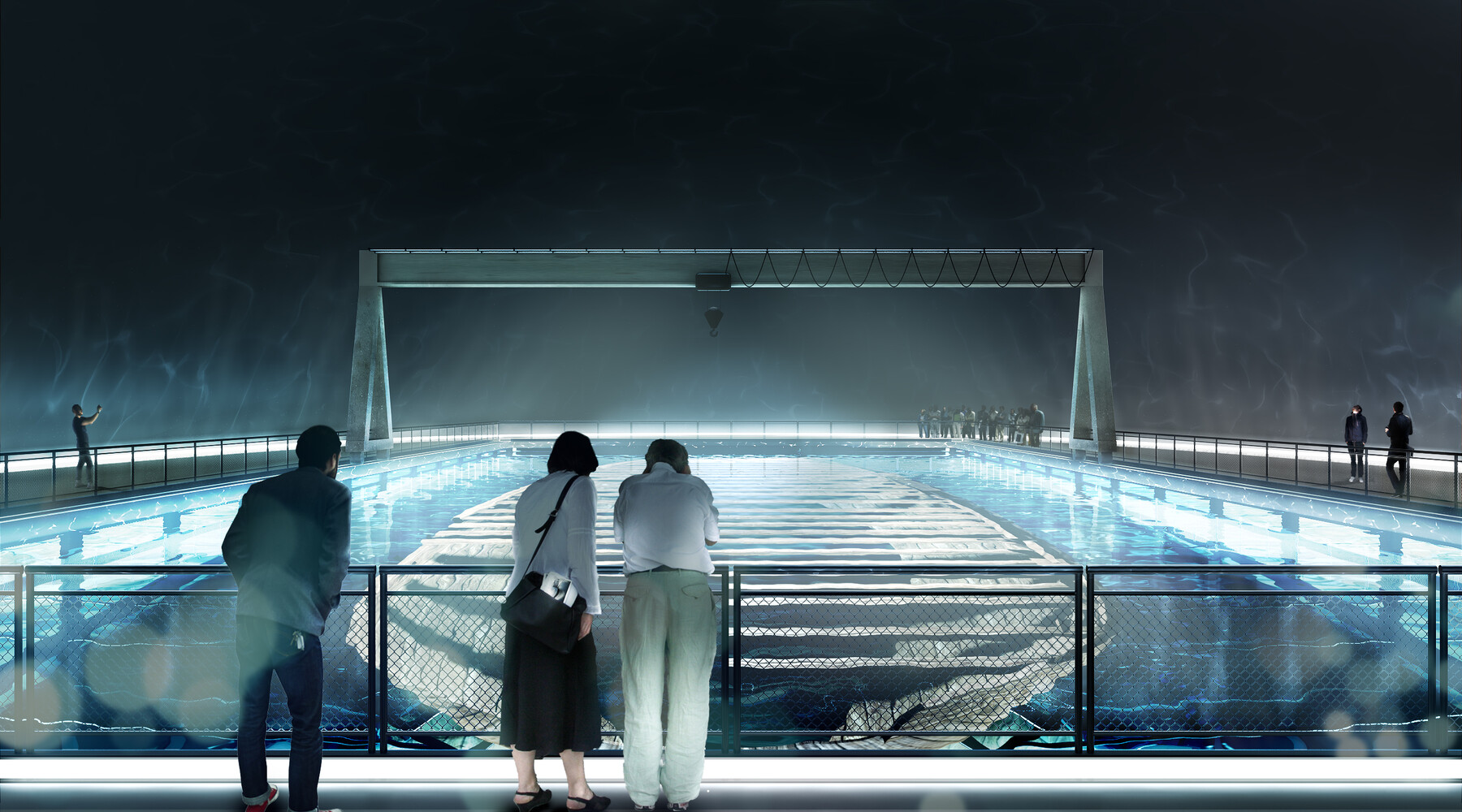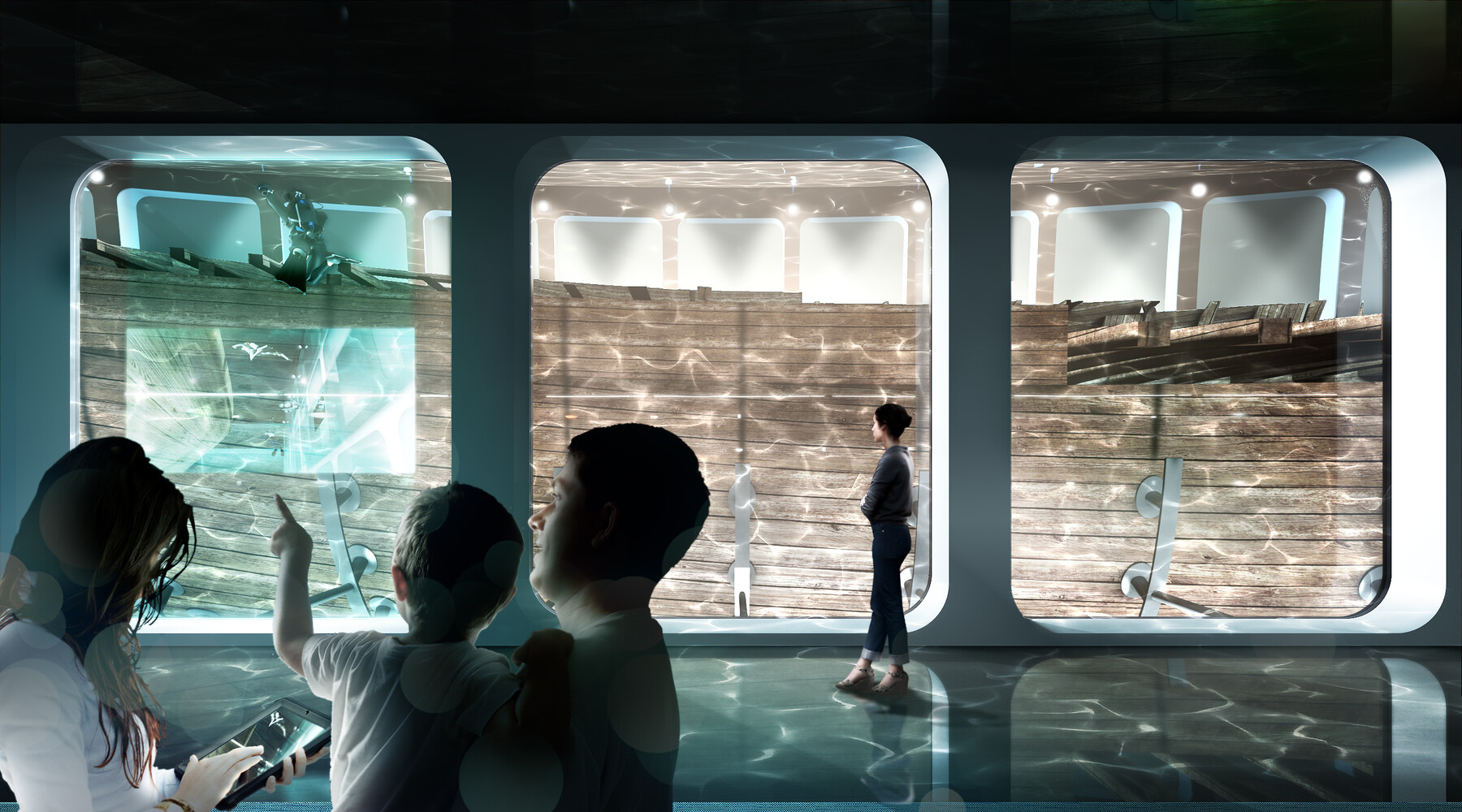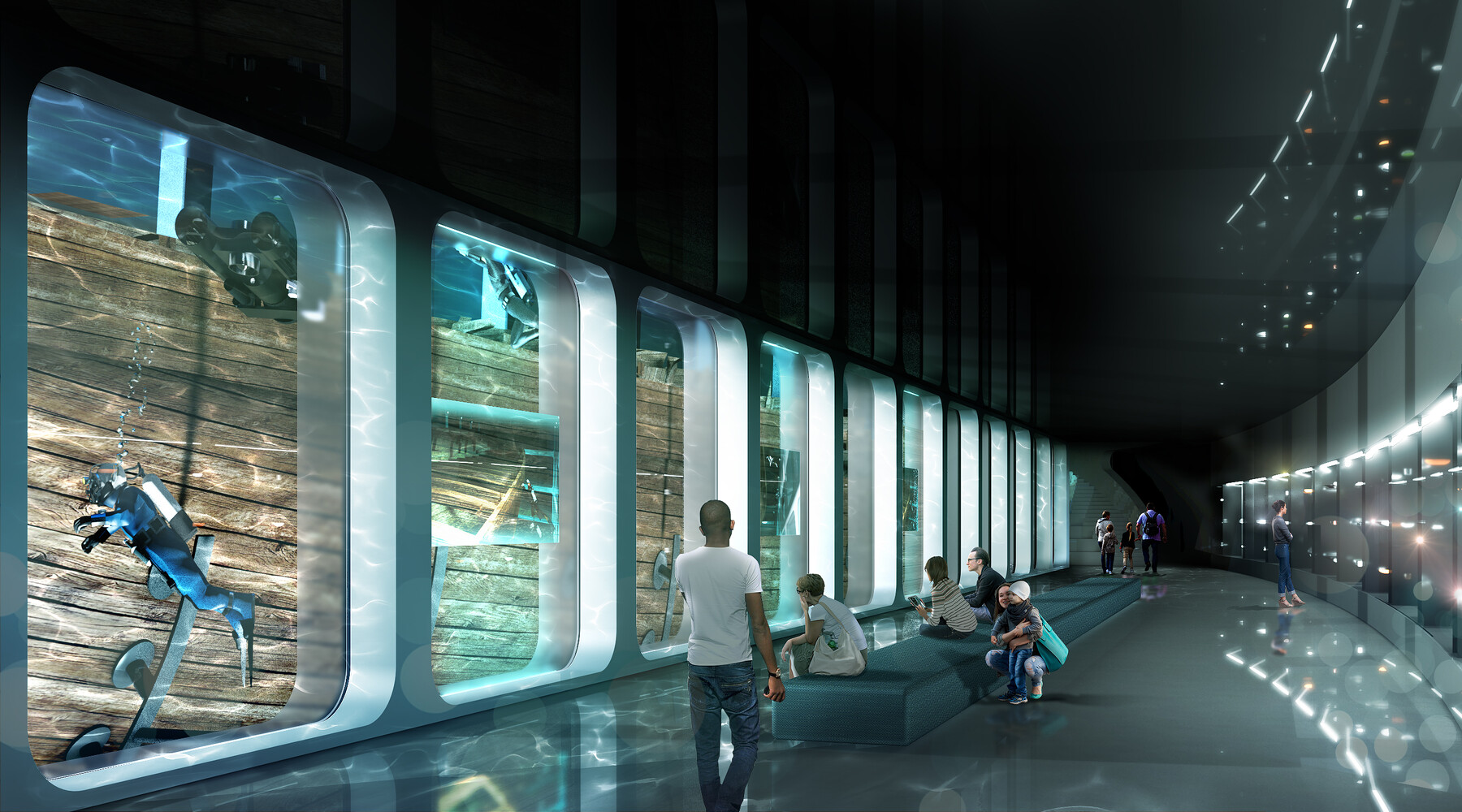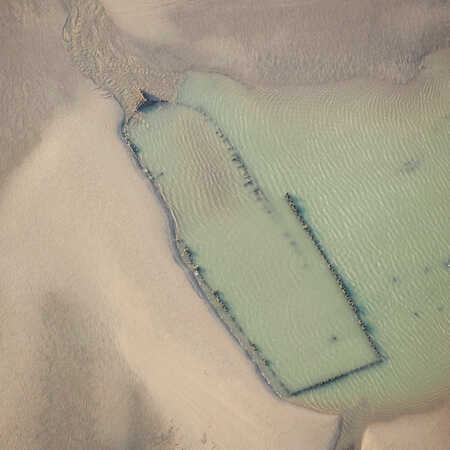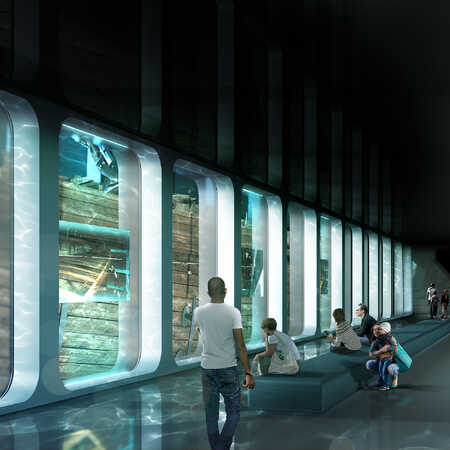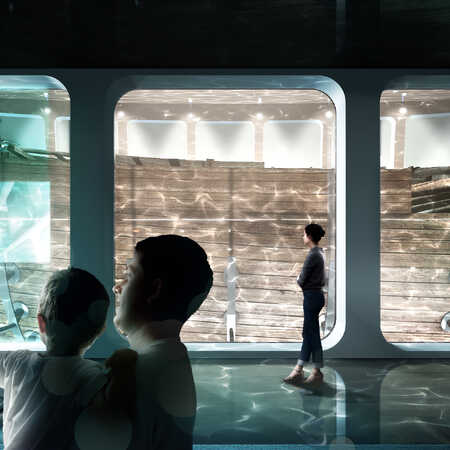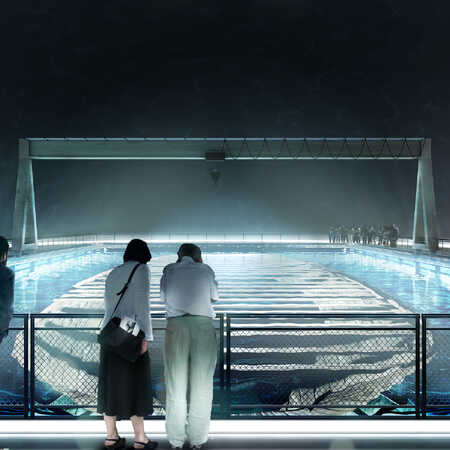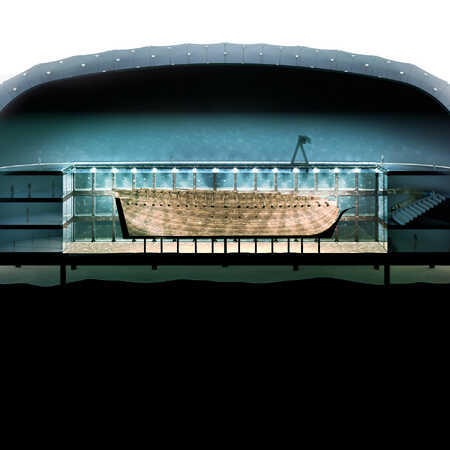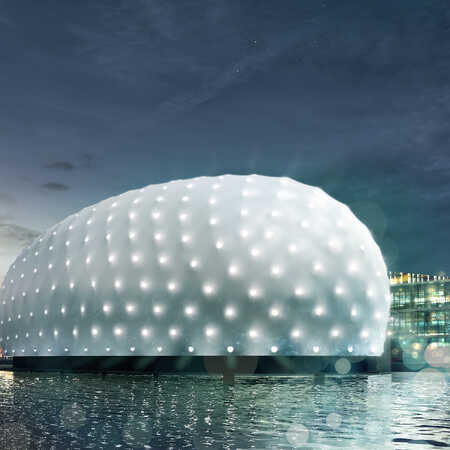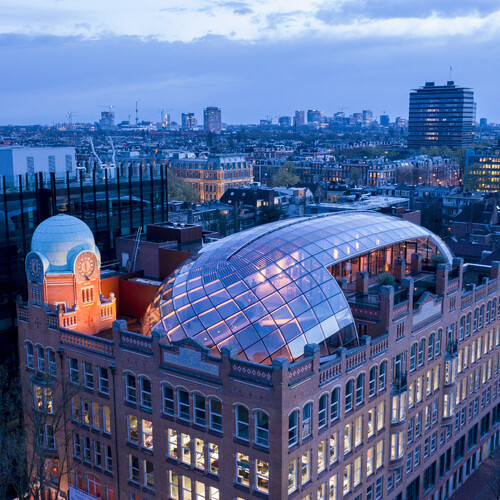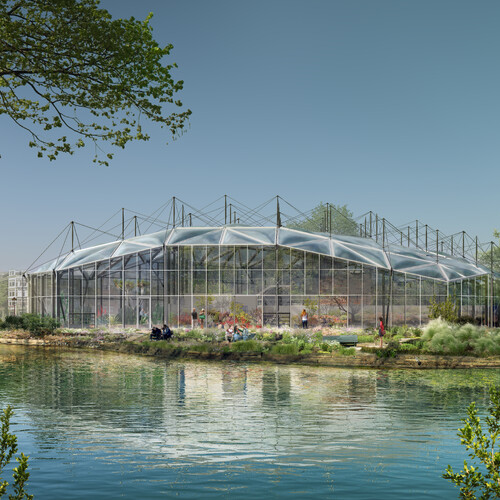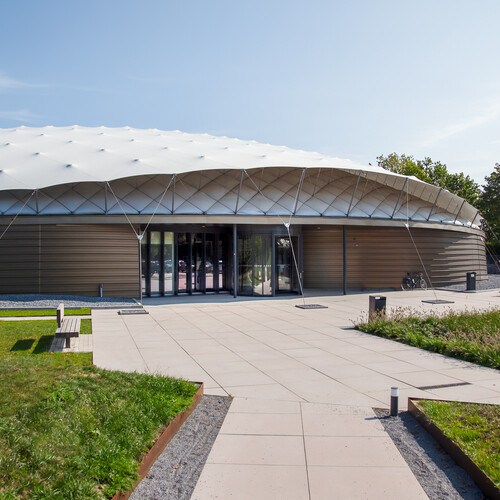Unique archeological opportunity
On that stormy night in January 1749 in the Channel close to the English town of Hastings, the Dutch East India Company ship the Amsterdam, forty meters long, had become unsteerable. As a last resort the captain sought shelter close to the coast and beached the Amsterdam on the shoreline. All 330 sailors, carpenters, soldiers, officers and passengers were able to reach the shore unharmed, but in the following months the ship was swallowed up by seven meters of sand. This was a major setback at the time, the loss of this brand-new ship and its cargo. Today however it offers a unique archeological opportunity, because of the startling amount of material that has been sealed and stored in this time capsule.
